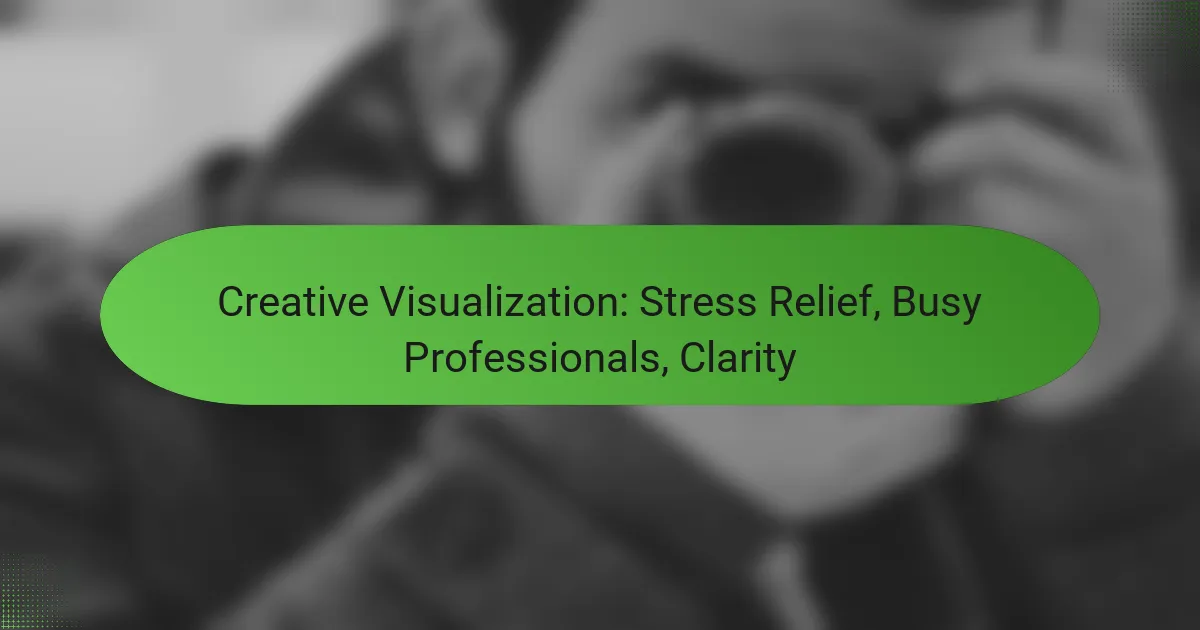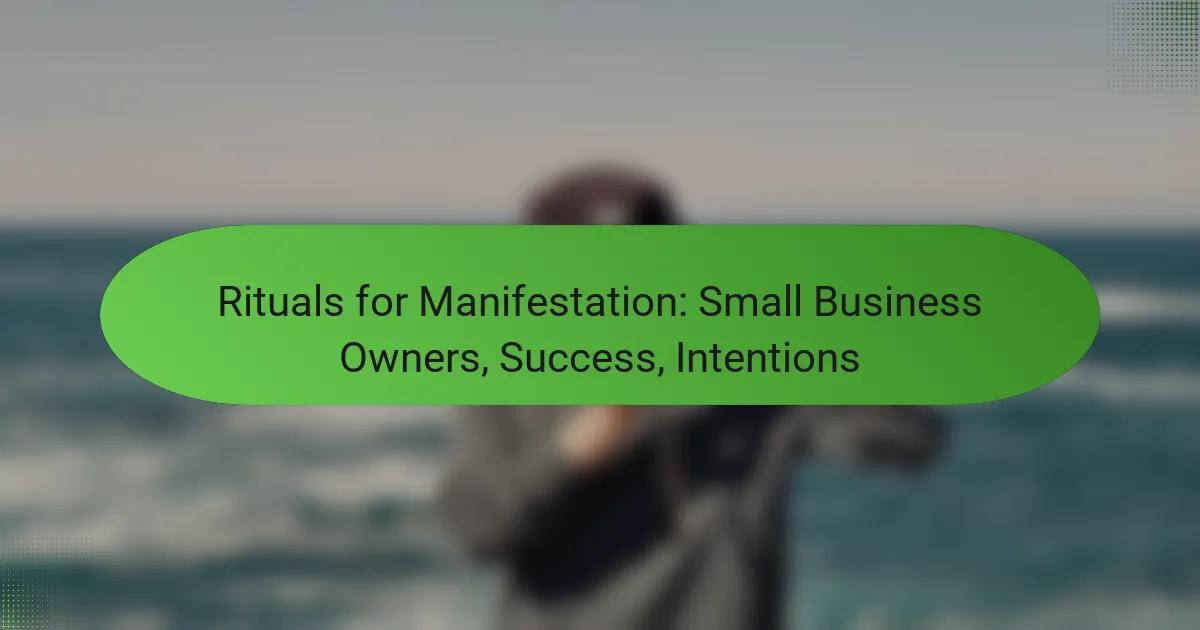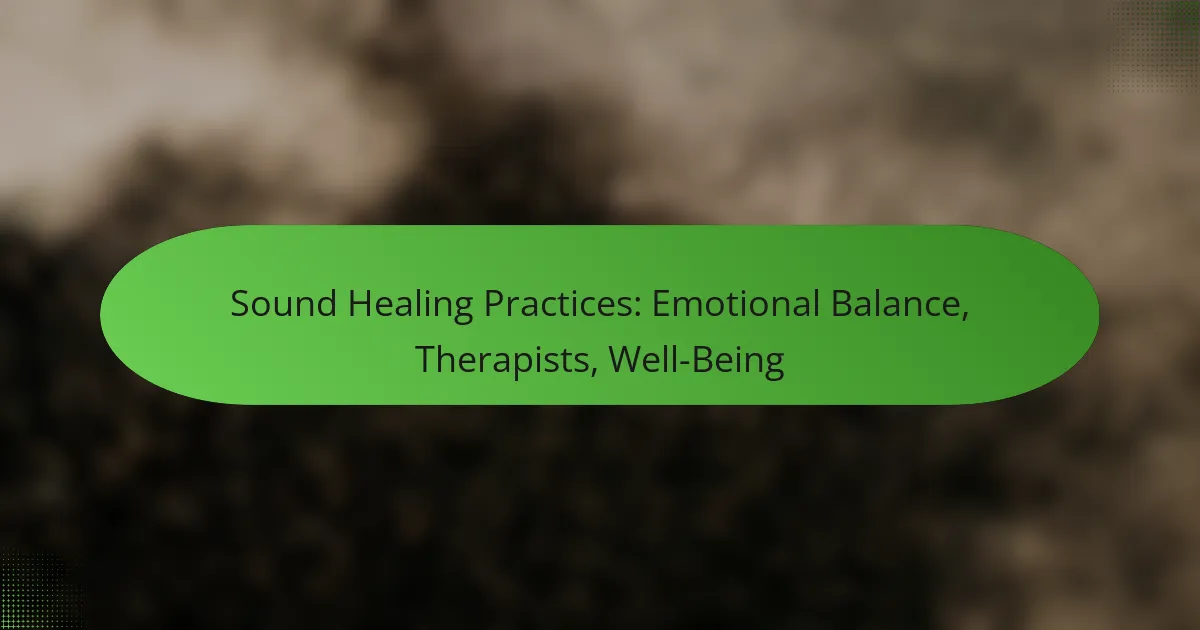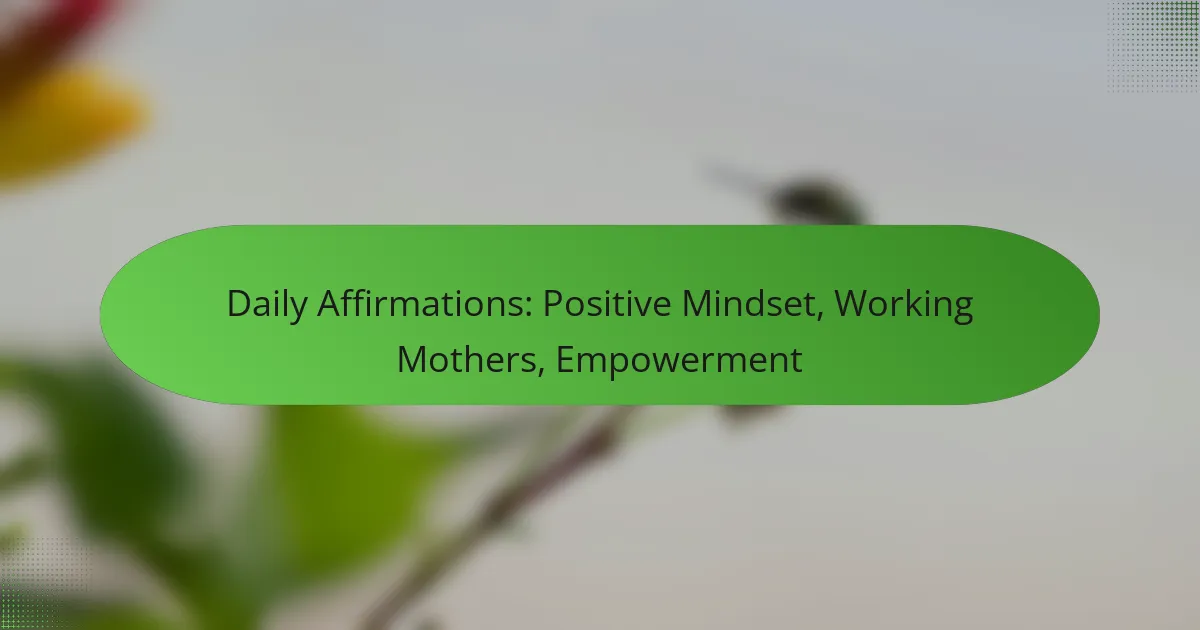Creative visualization is a powerful tool for busy professionals, helping to enhance mental clarity and reduce stress. By imagining desired outcomes, individuals can improve their performance and emotional resilience, making it easier to navigate high-pressure environments. Incorporating techniques like guided imagery and mindfulness can further promote relaxation and effective stress management.
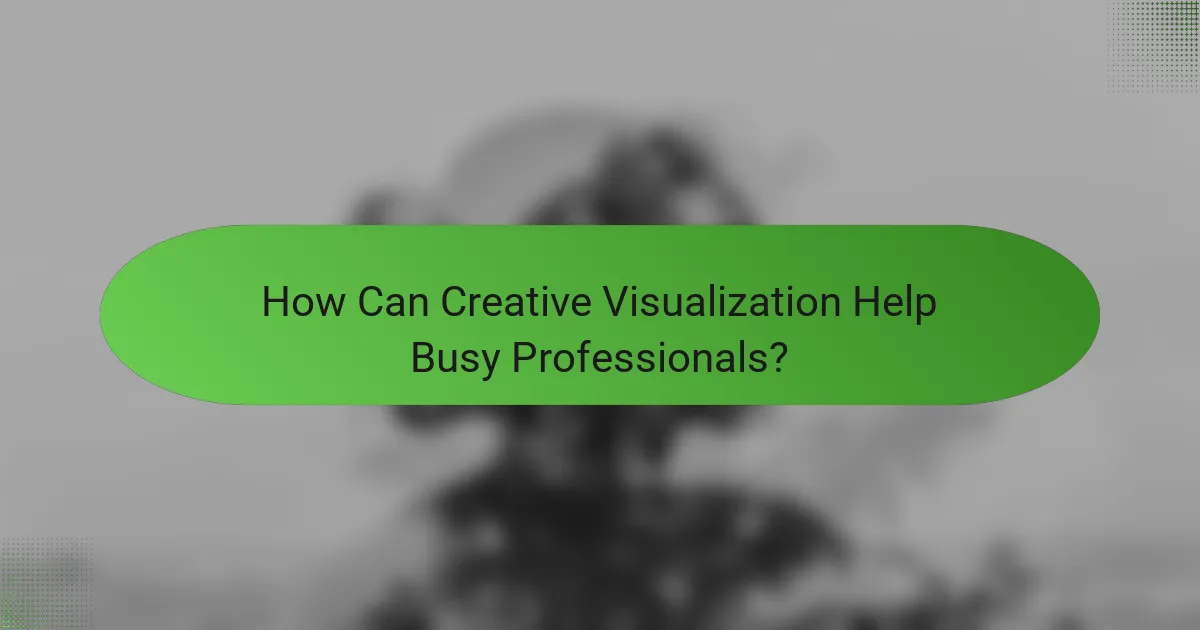
How Can Creative Visualization Help Busy Professionals?
Creative visualization can significantly benefit busy professionals by enhancing their mental clarity and focus. This technique involves imagining desired outcomes, which can lead to improved performance and reduced stress in high-pressure environments.
Enhances focus and productivity
Creative visualization helps busy professionals sharpen their focus by allowing them to mentally rehearse tasks and goals. By visualizing successful outcomes, individuals can create a mental roadmap that guides their actions, making them more efficient in their daily responsibilities.
To implement this, professionals can take a few minutes each day to visualize completing a project or achieving a specific goal. This practice can lead to increased motivation and a clearer understanding of the steps needed to succeed.
Reduces stress and anxiety
Engaging in creative visualization can serve as a powerful tool for reducing stress and anxiety among busy professionals. By picturing calm and positive scenarios, individuals can create a mental escape from their hectic routines, promoting relaxation and emotional well-being.
For effective stress relief, professionals can dedicate time to visualize peaceful settings, such as a serene beach or a quiet forest. This practice can help lower cortisol levels and foster a sense of tranquility, making it easier to handle workplace pressures.
Improves decision-making clarity
Creative visualization can enhance decision-making clarity by allowing professionals to explore various outcomes mentally. By visualizing different scenarios, individuals can weigh the pros and cons of each option, leading to more informed choices.
To apply this technique, professionals should take a moment to visualize the potential consequences of their decisions. This can involve imagining both positive and negative outcomes, which can clarify the best course of action and reduce the likelihood of impulsive choices.
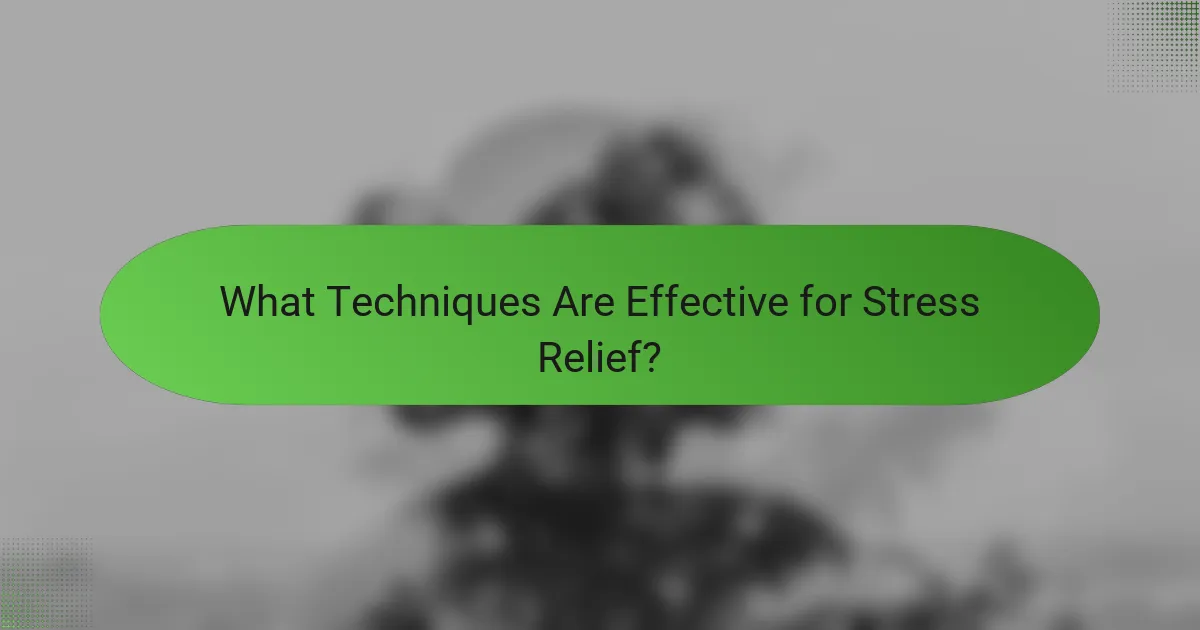
What Techniques Are Effective for Stress Relief?
Effective stress relief techniques for busy professionals often include guided imagery, mindfulness meditation, and visualization exercises. These methods can enhance clarity and promote relaxation, helping individuals manage daily pressures more effectively.
Guided imagery sessions
Guided imagery sessions involve visualizing peaceful scenes or experiences to evoke a sense of calm. This technique can be practiced alone or with the help of a facilitator, often through audio recordings. Busy professionals can benefit from dedicating just a few minutes each day to immerse themselves in these calming visuals.
To maximize effectiveness, find a quiet space, close your eyes, and focus on your breath while imagining a serene environment, such as a beach or forest. Aim for sessions lasting between 5 to 15 minutes, which can easily fit into a hectic schedule.
Mindfulness meditation integration
Integrating mindfulness meditation into daily routines helps busy professionals stay present and reduce stress. This practice encourages individuals to focus on their thoughts and feelings without judgment, fostering a greater sense of clarity and emotional regulation.
Start with short sessions of 5 to 10 minutes, gradually increasing the duration as comfort grows. Techniques such as body scans or breath awareness can be particularly effective. Consider setting reminders throughout the day to pause and practice mindfulness, even if just for a minute.
Visualization exercises with apps
Visualization exercises can be enhanced through various apps designed for stress relief. Many of these applications provide guided sessions that help users visualize their goals or calming scenarios, making it easier to incorporate into a busy lifestyle.
Popular apps often include features like customizable sessions, reminders, and progress tracking. Look for apps that offer a variety of visualization techniques and user-friendly interfaces, allowing for quick access during breaks or downtime. Aim for sessions of 10 to 20 minutes, which can significantly impact stress levels and overall clarity.
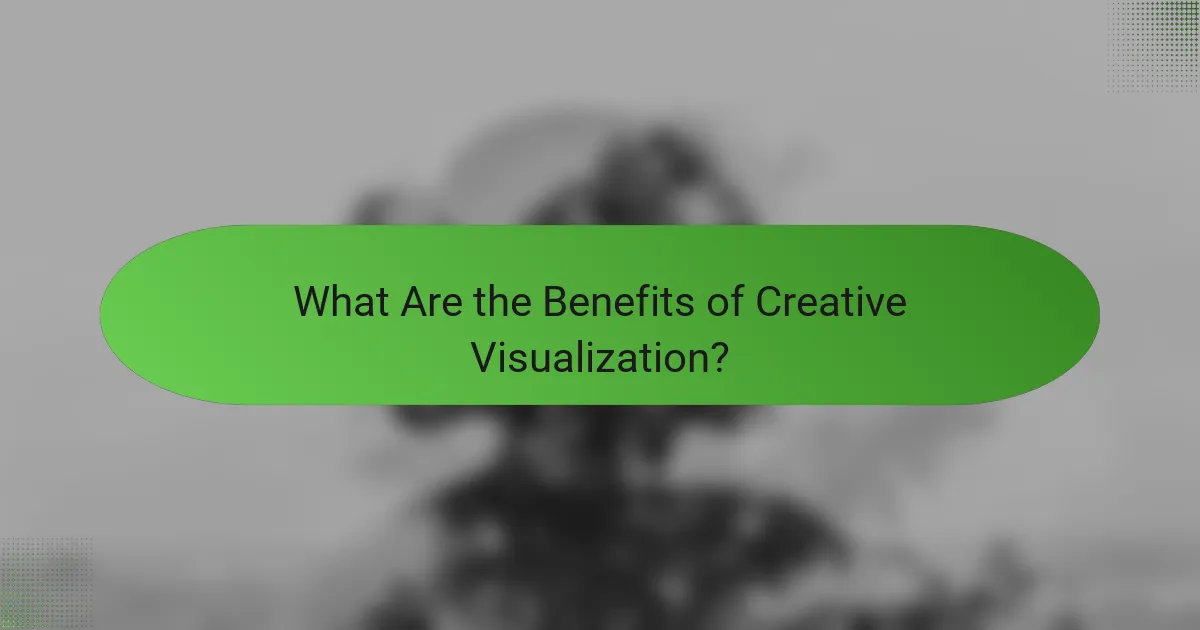
What Are the Benefits of Creative Visualization?
Creative visualization offers numerous benefits, particularly for busy professionals seeking stress relief and clarity. By mentally picturing desired outcomes, individuals can enhance their emotional resilience, improve problem-solving skills, and boost overall well-being.
Increased emotional resilience
Creative visualization helps build emotional resilience by allowing individuals to mentally rehearse positive outcomes in challenging situations. This practice can reduce anxiety and foster a sense of control, enabling professionals to navigate stress more effectively.
To enhance emotional resilience, set aside a few minutes daily to visualize successful interactions or outcomes. Focus on the feelings associated with these positive scenarios, which can reinforce a more optimistic mindset.
Enhanced problem-solving skills
Engaging in creative visualization can sharpen problem-solving skills by encouraging innovative thinking. When professionals visualize various scenarios, they can explore different solutions and anticipate potential challenges, leading to more effective decision-making.
Consider using visualization techniques before tackling complex projects or meetings. Picture yourself addressing obstacles and brainstorming solutions, which can help clarify your approach and boost confidence in your abilities.
Improved overall well-being
Creative visualization contributes to improved overall well-being by promoting relaxation and reducing stress. Regular practice can lead to better mental clarity and a more positive outlook on life, which is essential for busy professionals managing multiple responsibilities.
Incorporate visualization into your daily routine, perhaps during a quiet moment or before sleep. Visualize a peaceful environment or a successful day ahead, which can enhance your mood and set a positive tone for your activities.
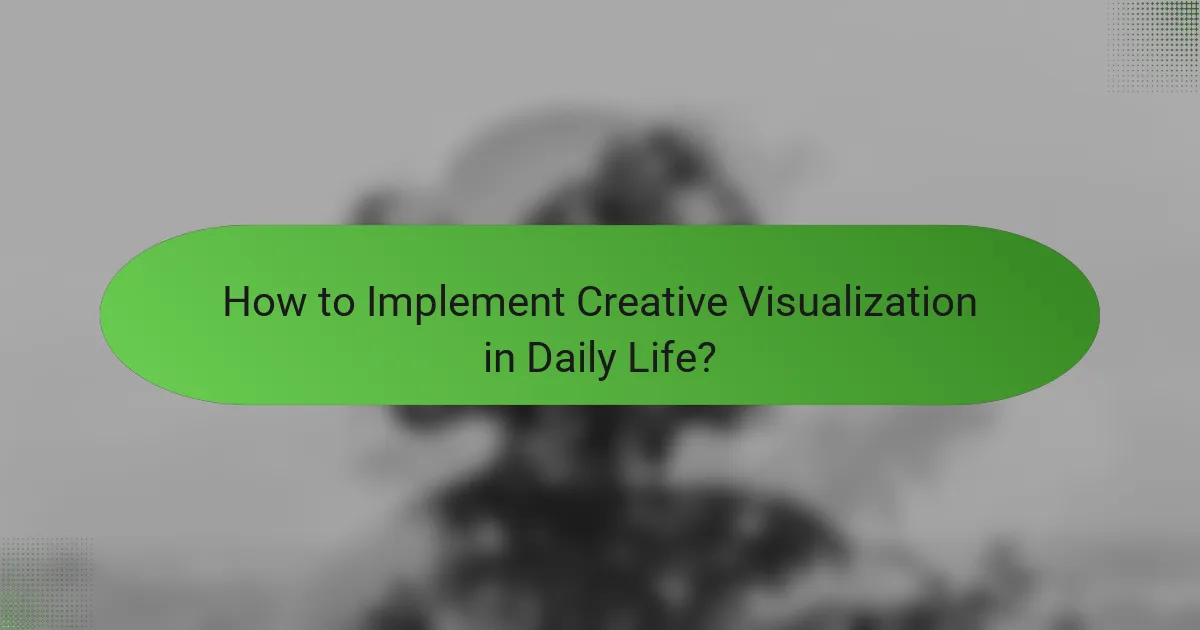
How to Implement Creative Visualization in Daily Life?
To effectively implement creative visualization in daily life, focus on setting clear goals and regularly practicing visualization techniques. This approach helps busy professionals reduce stress and gain clarity in their personal and professional lives.
Set clear intentions
Setting clear intentions is crucial for effective creative visualization. Begin by identifying specific goals you want to achieve, whether they relate to your career, health, or personal growth. Write these intentions down to solidify your commitment.
Consider using the SMART criteria—Specific, Measurable, Achievable, Relevant, and Time-bound—to refine your intentions. For instance, instead of saying “I want to be successful,” specify “I aim to increase my sales by 20% within the next quarter.” This clarity will guide your visualization practice.
Practice regularly
Regular practice is essential for integrating creative visualization into your daily routine. Aim to dedicate a few minutes each day to visualize your goals. This could be in the morning to set a positive tone for the day or in the evening to reflect on your progress.
Consistency is key; try to practice visualization at the same time each day to build a habit. You might find it helpful to start with short sessions of 5-10 minutes, gradually increasing the duration as you become more comfortable with the process.
Use visualization tools
Utilizing visualization tools can enhance your practice and make it more engaging. Consider using vision boards, which are collages of images and words that represent your goals. Place your vision board in a visible area to remind you of your intentions daily.
Additionally, guided visualization apps or videos can provide structure and inspiration. Look for resources that resonate with your goals and preferences, and incorporate them into your routine to maintain motivation and focus.
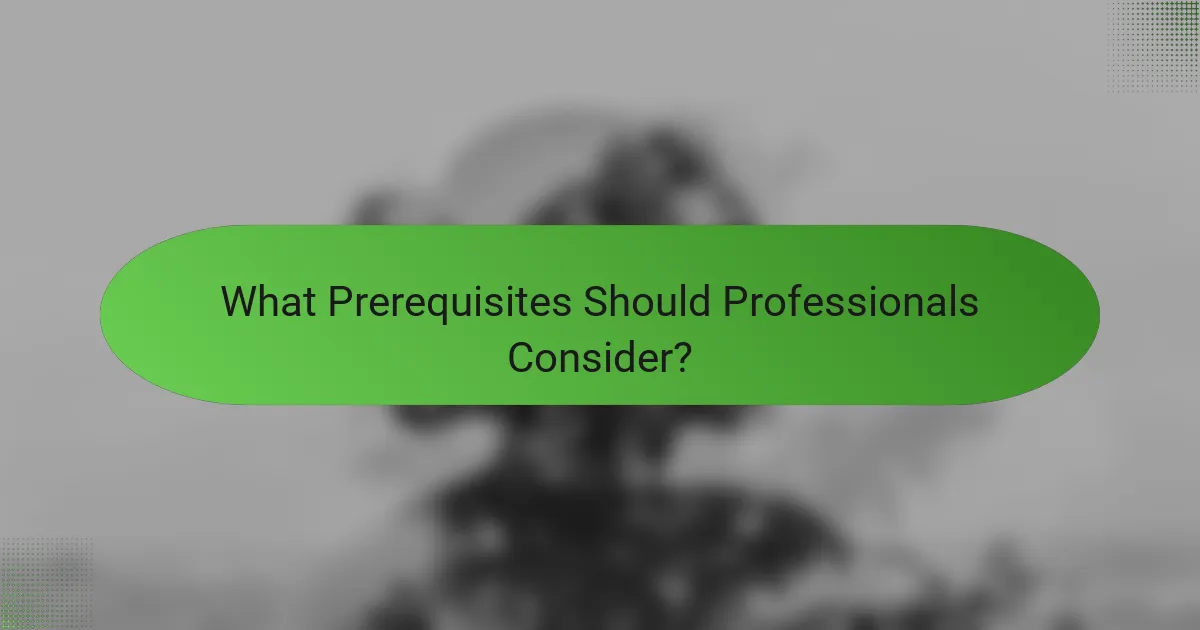
What Prerequisites Should Professionals Consider?
Professionals looking to use creative visualization for stress relief should first assess their personal goals and ensure they have a suitable environment. These factors play a crucial role in maximizing the effectiveness of visualization techniques.
Understanding personal goals
Identifying personal goals is essential for effective creative visualization. Professionals should clarify what they want to achieve, whether it’s reducing stress, enhancing focus, or improving overall well-being. Setting specific, measurable objectives can guide the visualization process.
For example, a busy professional might aim to visualize a calm workspace to alleviate anxiety before meetings or to picture successful outcomes for projects. This targeted approach helps create a mental framework that aligns with their aspirations.
Creating a conducive environment
A supportive environment is vital for practicing creative visualization. Professionals should find a quiet, comfortable space where they can focus without distractions. This could be a dedicated room, a quiet corner in an office, or even an outdoor setting that promotes relaxation.
Additionally, consider incorporating elements that enhance the experience, such as soft lighting, calming scents, or soothing background music. These aspects can significantly improve concentration and make the visualization practice more effective.
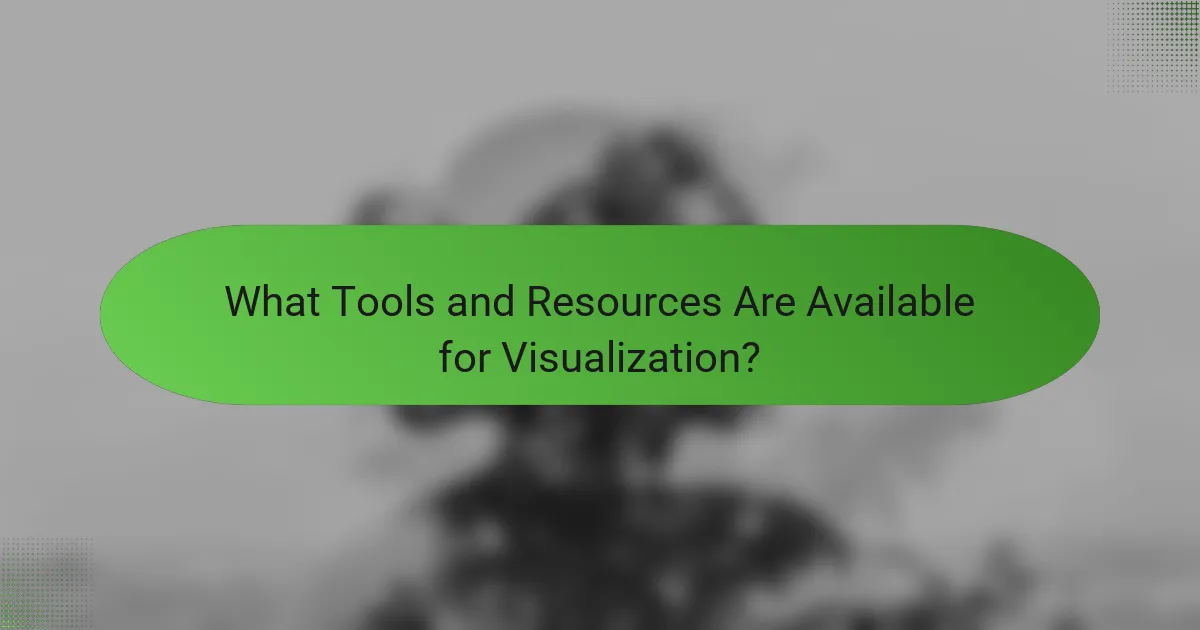
What Tools and Resources Are Available for Visualization?
Various tools and resources can enhance creative visualization for stress relief among busy professionals. These include guided meditation apps, visualization exercises, and online courses that provide structured approaches to clarity and relaxation.
Guided Meditation Apps
Guided meditation apps like Headspace and Calm offer specific visualization sessions aimed at reducing stress. These apps typically feature audio guides that lead users through mental imagery exercises, helping them to focus and unwind.
When selecting an app, consider user reviews and the variety of sessions available. Many apps offer free trials, allowing you to explore different techniques before committing to a subscription.
Visualization Exercises
Visualization exercises can be practiced independently and often involve imagining a peaceful scene or a desired outcome. Techniques such as the “mental movie” method encourage individuals to vividly picture their goals and the steps needed to achieve them.
To effectively use visualization exercises, set aside a few minutes daily in a quiet space. Focus on sensory details to enhance the experience, making it more immersive and effective for stress relief.
Online Courses and Workshops
Online courses and workshops can provide structured learning about visualization techniques. Platforms like Udemy and Coursera offer courses specifically designed for stress management and clarity through visualization.
Look for courses that include practical exercises and community support. Many of these programs allow for interaction with instructors and fellow participants, which can enhance motivation and accountability.
